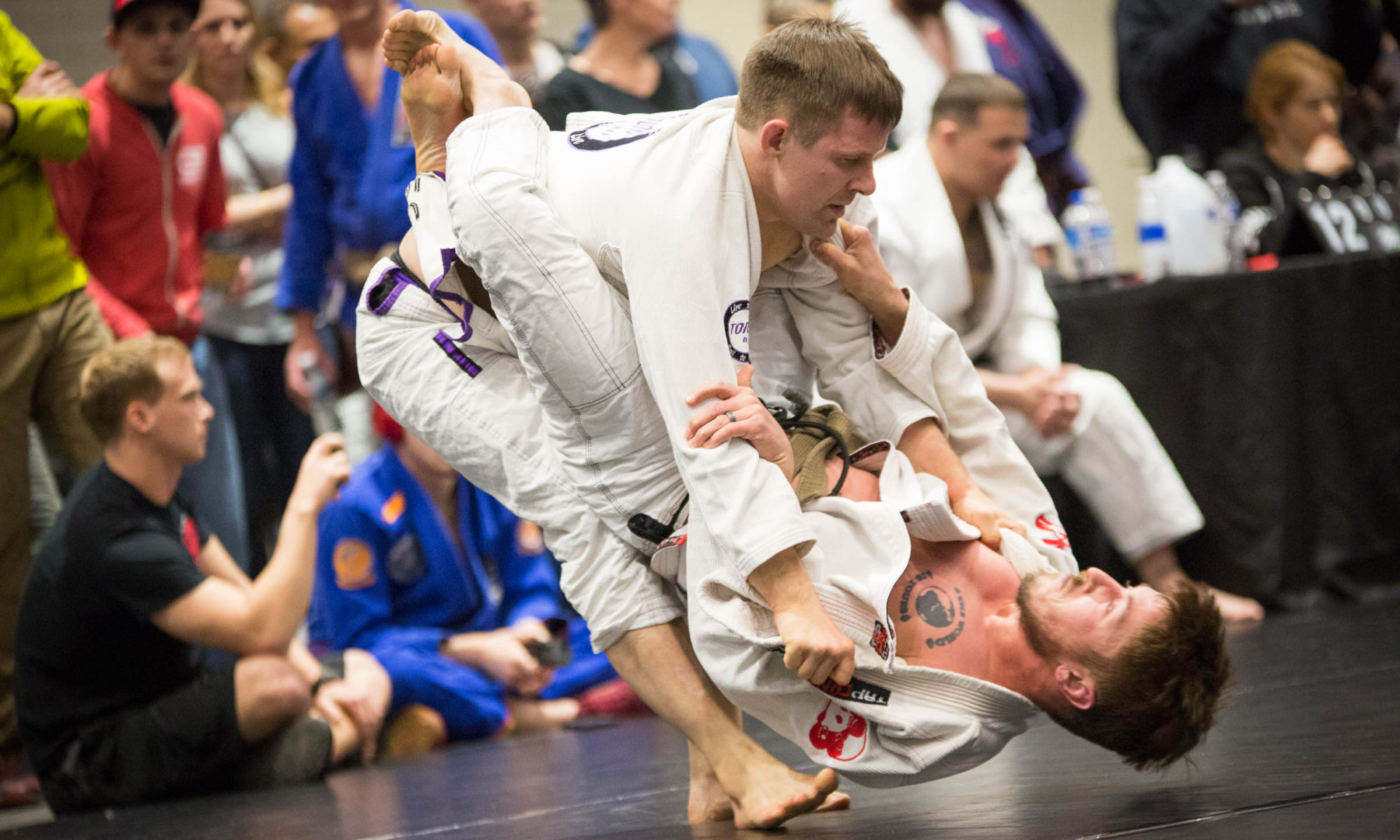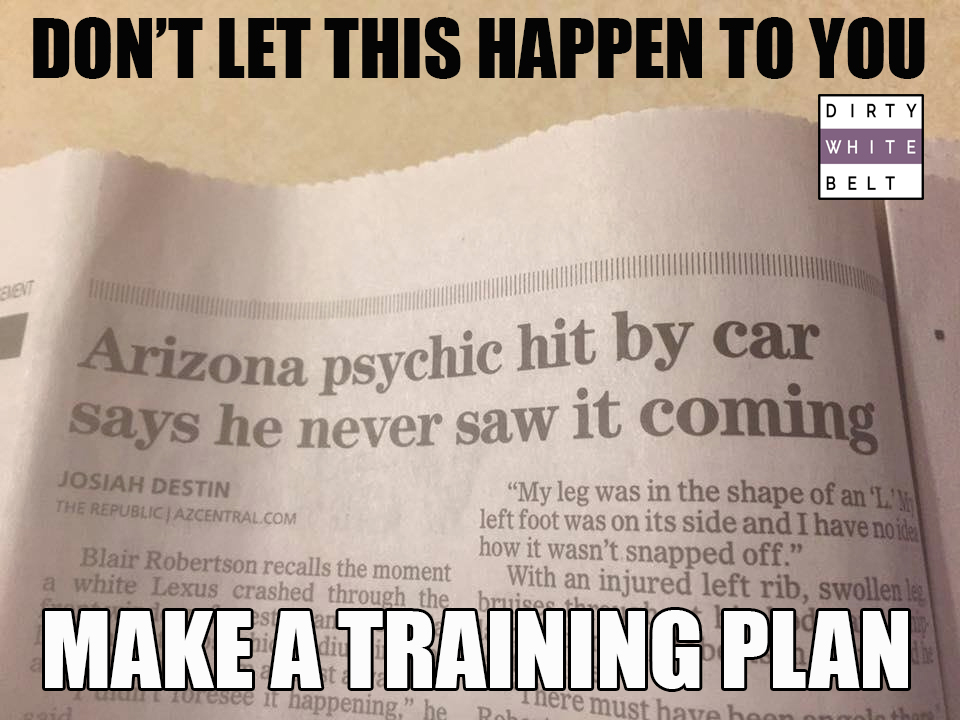Your job at white and blue belt is to learn, reinforce and try to master the fundamentals. Every gym defines what those fundamentals are slightly differently, but however your gym’s fundamentals curriculum is structured, your time at white and blue belt has to end with you knowing it inside and out.
In August, I wrote about how to make an improvement plan while you’re a white or blue belt. A lot of the off-the-mat tactics for improvement — visualization, yoga, meditation — remain the same, and are never going to be bad for you. Those practices are all things I still do as often as I can. As you advance in the belt ranks, though, you can expand your knowledge and skillset — both because you’re going to be able to assimilate more information, and because more techniques become legal in competition.
This doesn’t mean you abandon the basics. Quite the opposite. Refining my understanding of the fundamentals is something I expect to do for the rest of my life. Yet as your knowledge expands, the more you realize how much there is to know.
That’s why structuring your training becomes more important at high blue belt, purple belt and thereabouts. It’s the most efficient way to know what you know, and conversely what you don’t know. Evaluating your knowledge base helps determine your drilling and learning priorities. Of course you should keep coming to class, including the fundamentals class. Extra drilling and focused training during rolling are great ways to get faster, better results in addition to class.
Here are three strategies I’ve used in order to try to improve as much as I can every day, every week and every year. Continue reading “Making a Training Plan For Jiujitsu at Purple Belt and up”

